ESeaWall™ for Rising Sea Levels
Global warming and the unprecedented changes in climate have resulted in rise in the sea level elevation that is becoming a global concern. According to National Oceanic and Administrative Administration (NOAA), Global sea level has been rising over the past century, and the rate has increased in recent decades. In 2014, global sea level was 2.6 inches above the 1993 average—the highest annual average in the satellite record (1993-present). Sea level continues to rise at a rate of about one-eighth of an inch per year. Higher sea levels mean that deadly and destructive storm surges push farther inland than they once did, which also means more frequent nuisance flooding. Disruptive and expensive, nuisance flooding is estimated to be from 300 percent to 900 percent more frequent within U.S. coastal communities than it was just 50 years ago.
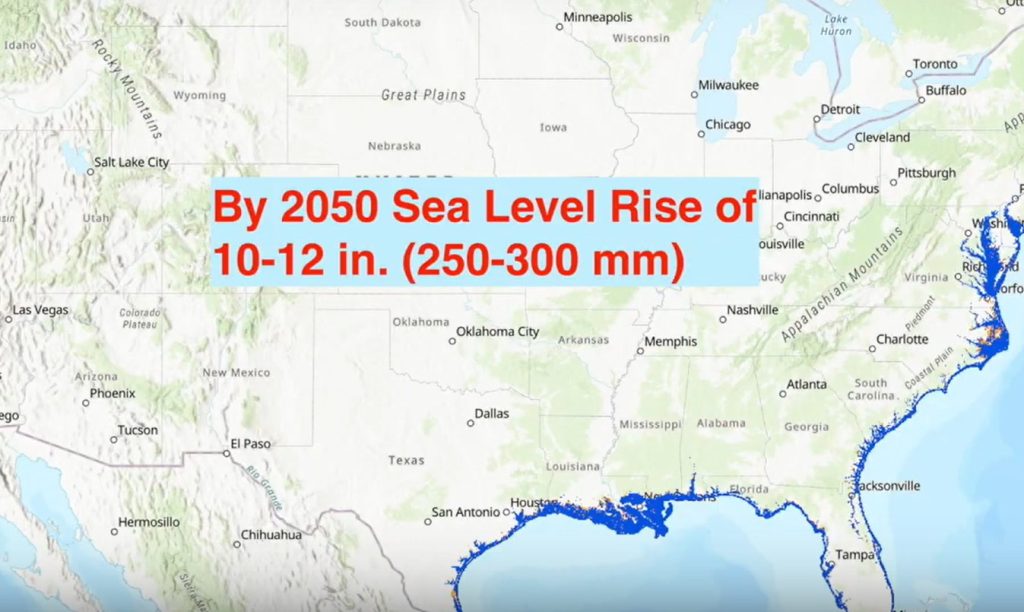
The two major causes of global sea level rise are thermal expansion caused by warming of the ocean (since water expands as it warms) and increased melting of land-based ice, such as glaciers and ice sheets. The ocean is absorbing more than 90 percent of the increased atmospheric heat associated with emissions from human activity. This puts coastal communities at a risk of getting flooded.
Furthermore, the recent climate change has resulted in significant storms and rainfalls. These often lead to massive flooding in communities along rivers. In recent years, we have seem the billions of dollars of damage caused by flooding along the Mississippi River, for example. These are becoming almost an annual event.
The coastal infrastructure in the US and elsewhere do not meet the resiliency requirements to sustain such flooding and protect communities from astronomical repair costs. While many technical papers have been written on the effects of global warming and the causes of flooding, little has been offered to solve this problem! The technique provided here can save many of these communities at a fraction of the cost that they endure every year or two to repair damage caused by flooding.
With continued ocean and atmospheric warming, sea levels will likely rise for many centuries at rates higher than that of the current century. In the United States, almost 40 percent of the population lives in relatively high-population-density coastal areas, where sea level plays a role in flooding, shoreline erosion, and hazards from storms. Globally, eight of the world’s 10 largest cities are near a coast, according to the U.N. Atlas of the Oceans.
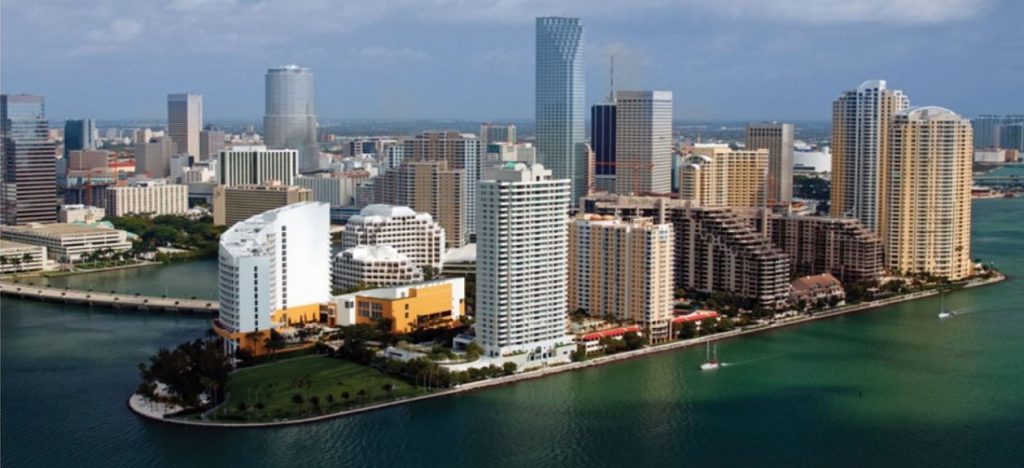
ESeaWall™ Solution
The patent-pending ESeaWall™ we provide uses high-strength Fiber Reinforced Polymer (FRP) panels. These panels are typically 3-ft wide and can be supplied in any length. The outside face of the panels is smooth and will remain visible after installation. The inside face of the panels has protruding T profiles and it is grit-coated for better bonding to concrete.
A unique feature of these panels is their high tensile strength. The protruding T profiles act as reinforcing bars that are permanently attached to the panels. These panels provide the equivalent of #5 Grade 60 Steel rebars at a spacing of 2.5 inches (15mm diameter 400MPa steel bars at 60mm spacing). This is a significant amount of reinforcement and therefore, in most applications, the tension force provided by the panel itself and the T profiles is large enough that no additional reinforcing bars are necessary. Please refer to the results of the tests of SPiRe+ for more information.
The panels are connected to the top of the existing seawall. The overlapping edge is sealed and additional panels are installed for as long as necessary. Similarly, panels are installed on the land side and the two sides are connected using through bolts. Lastly, the bottom and side edges are sealed and the annular space is filled with concrete.
ESeaWall™ is a truly sustainable and resilient solution. The panels, for example, including no corroding components (e.g. steel); this ensures a long maintenance-free service life for ESeaWall™. The ease of installation and small footprint on the construction site further adds to the sustainability of the system.
Building resilient communities that can survive natural disasters such as flooding and storm surges is a major concern worldwide. ESeaWall™ offers a fast, durable and low-cost solution to coastal communities to enhance the resiliency of their municipality or neighborhood to survive such catastrophic events. The panels allow the community to increase the height of the seawall by any level desired. As shown in this video, the land side can be landscaped with walkways, planters, benches, etc. to create an aesthetically pleasing addition to the community.
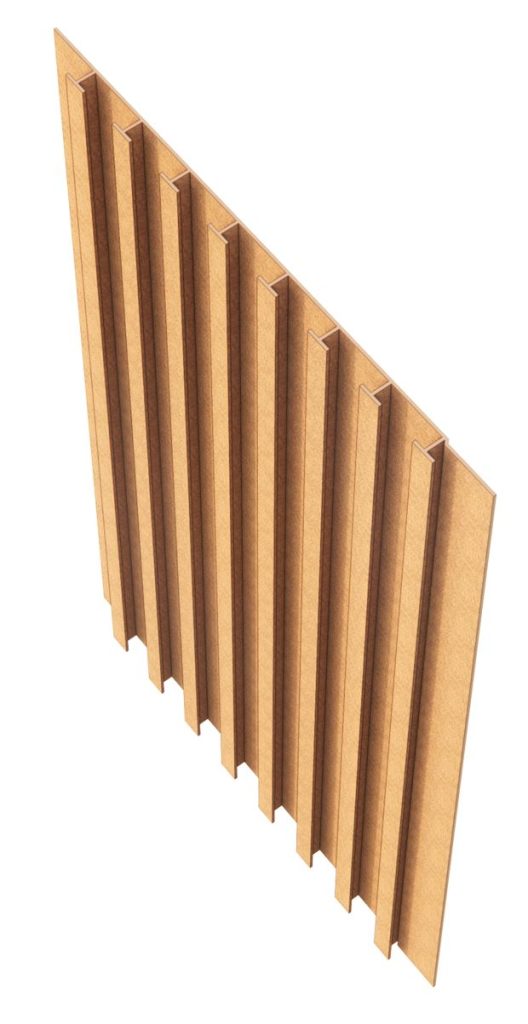

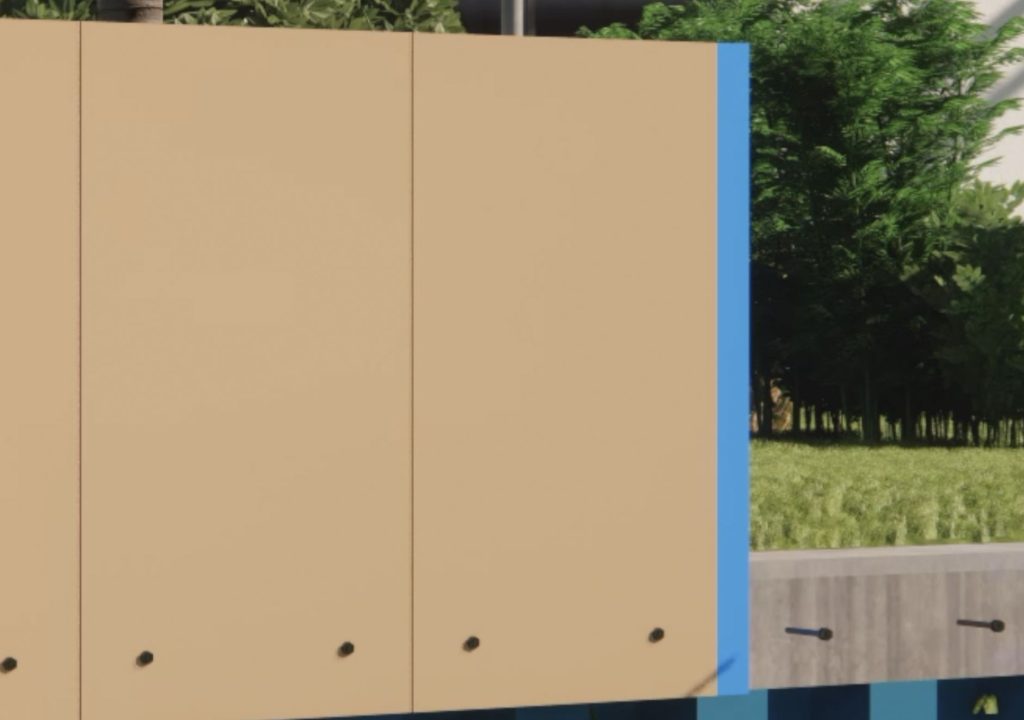
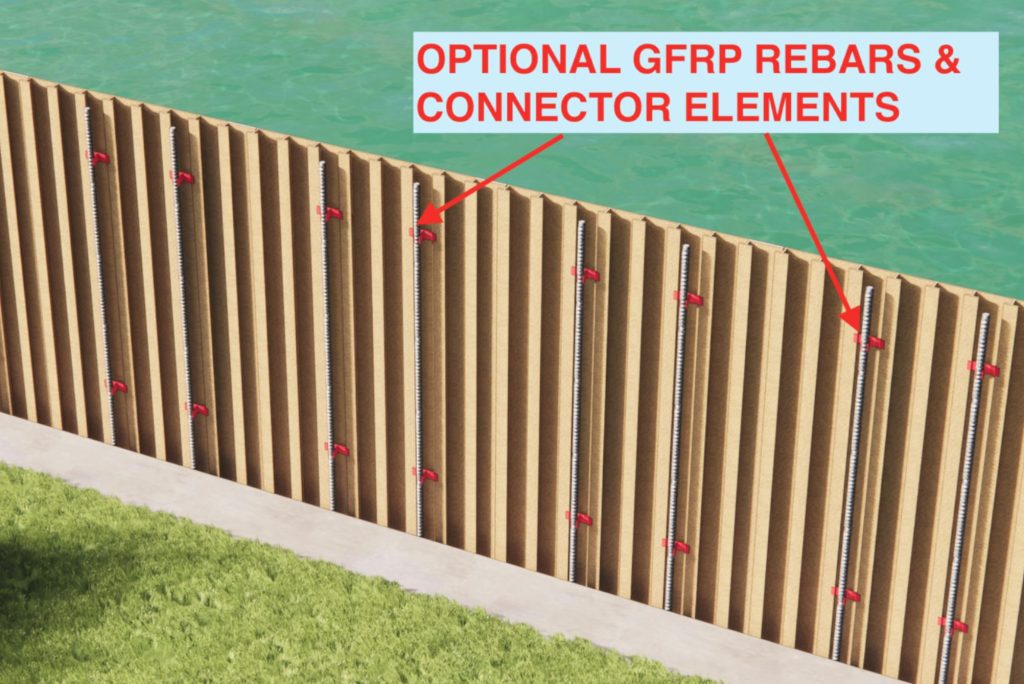
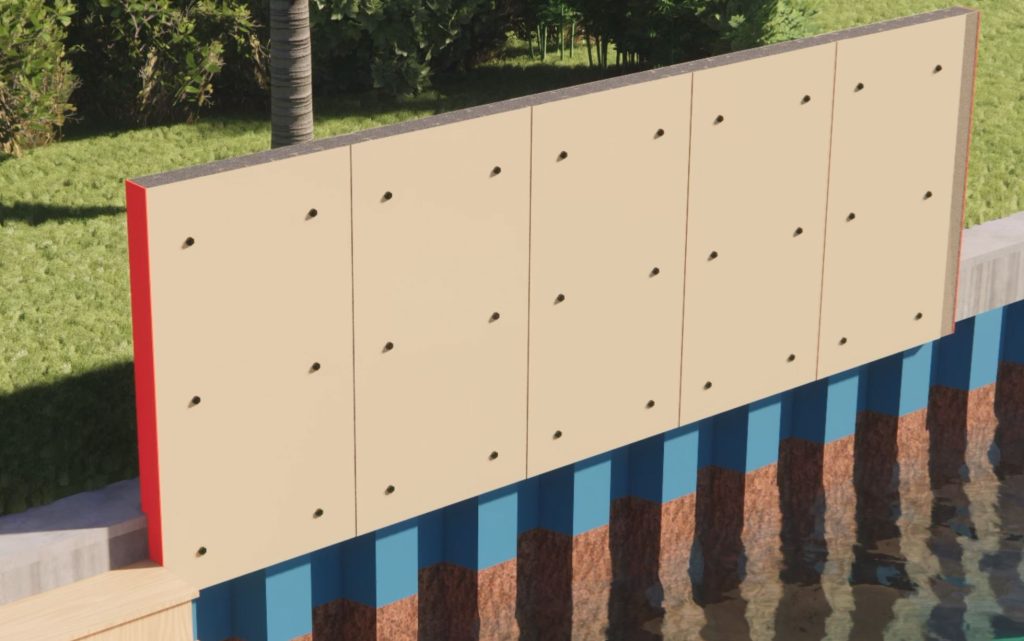
Advantages of ESeaWall™
The ESeaWall™ system presented here offers several advantages such as:
- Non-corroding FRP panels with long service life
- Fast and easy installation
- Aesthetically pleasing finish
- Can be easily incorporated with walkways, planters, etc. on the land side
- Ability to build walls of any length and height
- Strength of the wall can be easily adjusted for different field conditions
- The unique design of the panels eliminates the need for reinforcing bars in most cases
- Impervious shell that prevents moisture and oxygen reaching the concrete, significantly reduces the deterioration rate
- Lower cost compared to other alternatives
A Naming Contest
In summer 2023, we ran a contest to select the best name for this system. The winning entry for this $1000 prize was ESeaWall™ that reflects on the ease of construction of this seawall! A video demonstrating how this product works is shown below:
